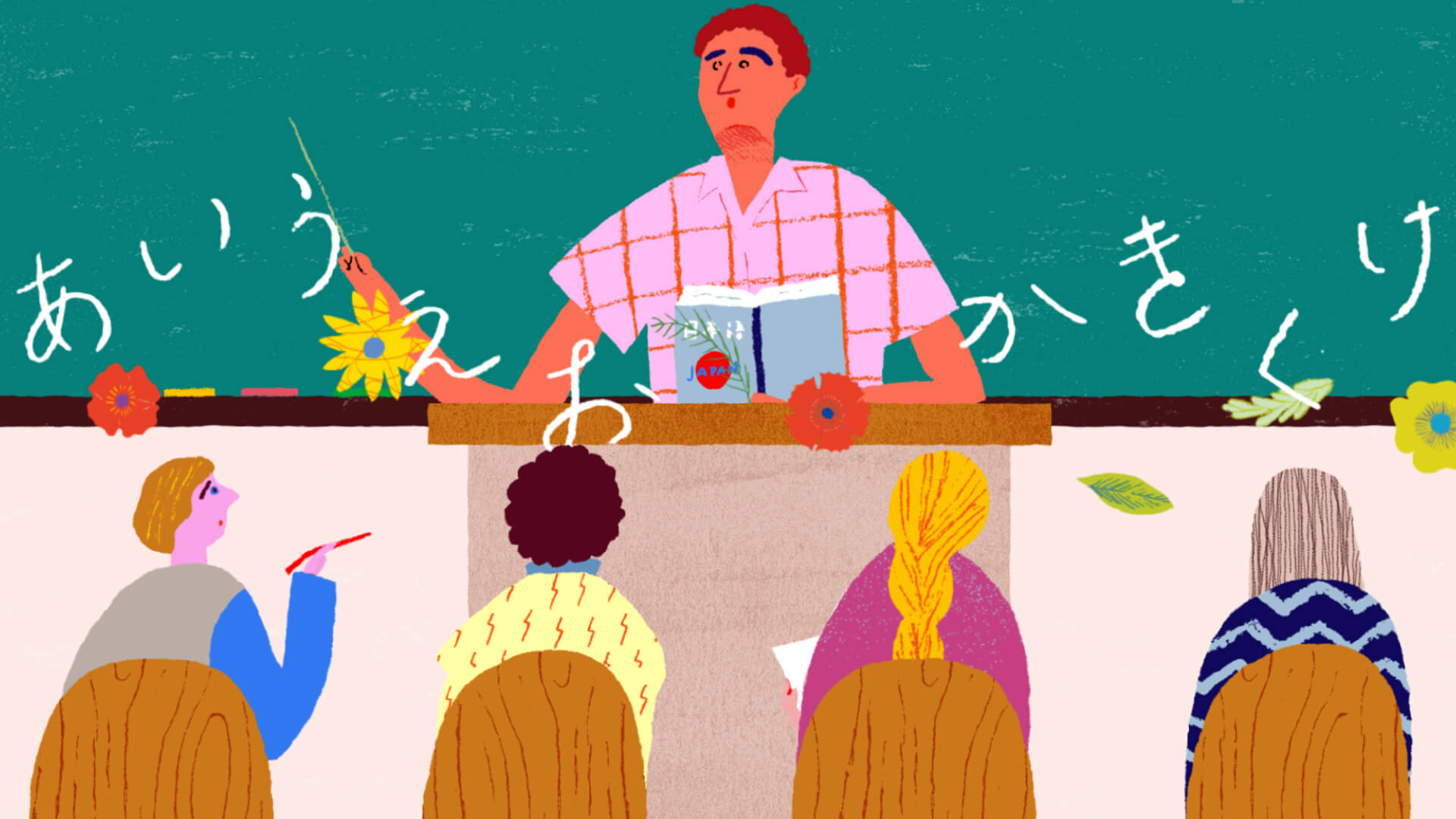Come and enjoy the spectacular World of Japanese Cinema at The Japan Foundation, New Delhi.
Credit:
Directed by Yoshitaro Normura
Screenplay by Kaneto Shindo
Based on the novel by Shohei O—oka
Producer Yoshitaro Nomura & Akira Oda
Photography by Takashi Kawamata
Art Director Gohei Moriwaki
Music Yasushi Akutagawa & Masa Matsuda
Sound Director Tadahiko Yamamoto
Editor Kazuo Ota
Lighting Director Ryuji Matsumoto
Cast:
Hiroshi Ueda TOSHIYUKI NAGASHIMA
Hatsuko Sakai KEIKO MATSUZAKA
Yoshiko Sakai Shinobu Otake
Prosecutor Okabe SHINSUKE ASHIDA
Defense Counsel Kikuchi TETSURO TAMBA
Judge Tanimoto SHIN SABURI
Goichi Omura AKIRA NISHIMURA
Kiyokawa HISAYA MORISHIGE
Hidejiro YOSHIO KATO
Miyaguchi TSUNEHIKO WATASE
Hanai KEI YAMAMOTO
Synopsis:
The body of a young woman slain with a knife is found in a forest located in the town of Tsuchida along the
Sagami River in Kanagawa Prefecture. The victim is Hatsuko Sakai, 23, proprietress of the snack bar
Cattleya in front of Atsugi Station. Discovery of the body was made by Goichi Omura, who owns the forest.
Several days later, Hiroshi Ueda, a 19—year—old shipyard worker, is arrested. The case is tried at the
Yokohama District Court. During the eight hearings held with Judge Tanimoto presiding, Prosecutor
Okabe and Defense Counsel Kikuchi engage in an intense legal battle.
The charges, pressed by the prosecutor are murder and abandonment of a corpse. Many witnesses are
called including the owner of the forest who discovered the body; the proprietor of a hardware store where
Hiroshi bought a mountaineering knife; Hiroshi’s friend Hidejiro; Tada, a frequent customer at the Cattleya;
Hatsuko’s paramour Miyauchi; and Kane Shinozaki, owner of a vegetable shop.
Attending the trial and closely observing the proceedings are Hiroshi’s father, Hatsuko’s mother Sumie,
and Hiroshi’s former teacher Hanai. Many things come to light from the testimonies of the witnesses,
including the victim Hatsuko’s past life and her feelings toward both Hiroshi and her sister Yoshiko.
Police investigation revealed that Hiroshi was in love with Hatsuko’s younger sister Yoshiko, 19, who
was then three months pregnant.
Hatsuko had intuitively discovered their secret and strongly urged an abortion. Yoshiko insisted on having
the baby and quarreled with her sister. Behind Hatsuko’s almost abnormal solicitude for her sister was
jealousy – she herself loved Hiroshi.
Although Hatsuko had a lover of unsavory character, a man named Miyauchi, she had grown to dislike him.
She wanted to part from Miyauchi and marry Hiroshi in order to make a new start in life. Fearing their
parents’ anger, Hiroshi and Yoshiko ran away. Going to Yokohama, they began living together in an
apartment house. They planned to have the baby and to get married when they became 20, the legal age of
adulthood.
On the fatal day, Hatsuko met Hiroshi by chance. Hatsuko again told Hiroshi that she would inform their
parents about Yoshiko’s pregnancy. At the same time, she demanded that Hiroshi state clearly which sister
he really loved —- Hatsuko or Yoshiko. Frightened by Hatsuko’s violent expression, Hiroshi almost
unconsciously pulled out his knife. Was it a gesture of self—protection? Did he intend to scare Hatsuko?
Hatsuko became angry. Even more so, when Hiroshi exclaimed “I don’t love you – I never did”, Hatsuko
with a look of desperation, moved toward the shining blade. The next moment Hatsuko lay fallen in a pool
of blood.
In pronouncing Judgment, Judge Tanimoto points out that the defendant is a minor with no previous criminal
offense. Hë had good marks in school and was an exemplary worker. After referring to the defendant’s relations
with Hatsuko and Yoshiko, the judge states that even if the crime was unpremeditated, failing to care for the
victim and abandoning the body are inexcusable. Although there may not have been an intent to kill, living with
the victim’s sister for six days after the killing must be morally condemned. This is not a crime that can be
regarded as involuntary manslaughter, the judge declares. It should be handled as infliction of bodily injury
resulting in death.
The Court’s decision: imprisonment of more than two years and up to four years.
 Twitter
Twitter

 '
'